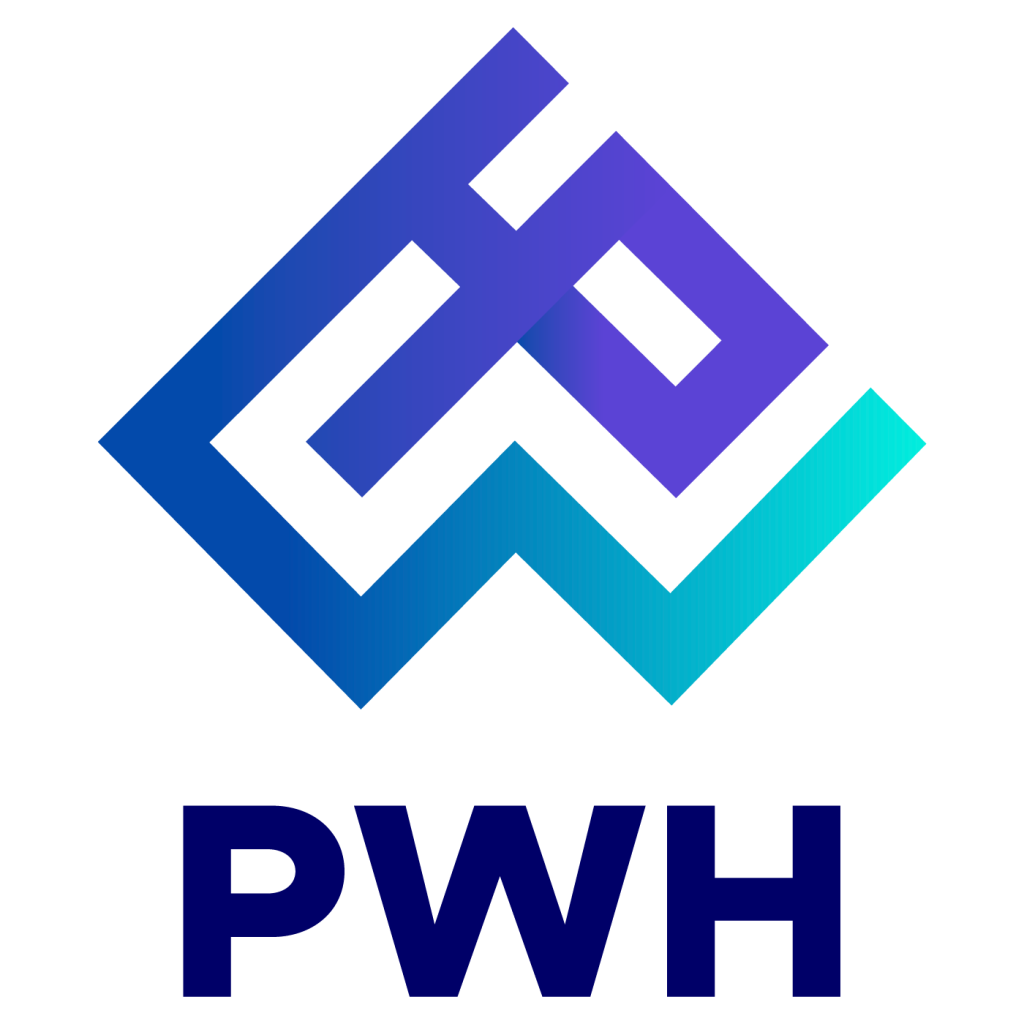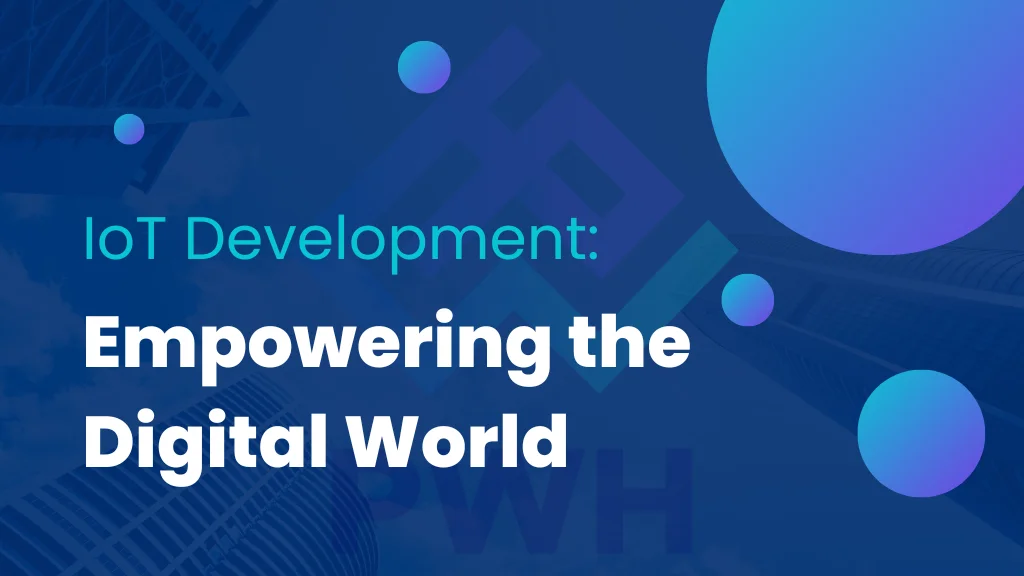In a world increasingly driven by technology, the Internet of Things (IoT) stands as a pivotal innovation that is transforming the way we live, work, and interact with the digital realm. This development is not merely about connecting devices, it’s about bridging the gap between the physical and digital worlds. In this article, we’ll delve into the fascinating world of “IoT development”, explore its significance, challenges, and potential, and examine how it’s reshaping industries and our daily lives.
Understanding IoT Development
What is IoT?
It refers to a network of physical objects, devices, vehicles, buildings, and other items embedded with sensors, software, and connectivity, enabling them to collect and exchange data. This data can be analyzed and utilized to make intelligent decisions, automate tasks, and create a more connected and efficient world.
Key Components
IoT development involves several crucial components:
- Sensors and Actuators: Sensors gather data from the physical world, while actuators perform actions based on that data.
- Connectivity: IoT devices need the means to transmit data. This is achieved through various communication protocols such as Wi-Fi, cellular networks, Bluetooth etc.
- Data Processing: Collected data often needs processing before it becomes useful. This can be done on the device itself (edge computing) or in the cloud.
- Cloud Services: The cloud serves as the hub where data is stored, analyzed, and acted upon. Major cloud providers offer Internet of Things platforms to manage devices and data.
- User Interfaces: The data is effectively presented to users through web and mobile apps, dashboards, and other interfaces.
The Significance of IoT Development
-
Efficiency and Automation
The primary benefit is its ability to automate processes. For example, in agriculture, IoT-enabled sensors can monitor soil moisture levels and automatically trigger irrigation systems when necessary. In manufacturing, technology-driven devices can predict equipment failures and schedule maintenance, reducing downtime.
-
Improved Decision-Making
It provides real-time data that can offer better decision-making. For instance, in logistics, IoT sensors in vehicles can provide data on routes, traffic, and weather conditions, helping companies optimize delivery schedules and reduce fuel consumption.
-
Enhanced User Experiences
The Internet of Things has revolutionized the user experience in consumer products. Smart homes, for instance, allow residents to control lighting, heating, and security systems remotely through their smartphones. Wearable devices help individuals monitor their health and fitness in real-time.
-
Environmental Impact
IoT can contribute to sustainability efforts. Smart cities use it to optimize energy consumption, reduce traffic congestion, and minimize waste. Technology-enabled environmental sensors provide data for better resource management.
Challenges in IoT Development
While the Internet of Things offers immense potential, it also presents several challenges:
-
Security Concerns
With data being collected and transmitted, security is paramount. IoT devices are vulnerable to hacking, and breaches can have serious consequences. Encryption, authentication, and regular updates are essential for security. -
Scalability
IoT deployments often involve thousands or even millions of devices. Managing such a scale is complex, requiring robust infrastructure and efficient device management. - Interoperability
Devices and platforms from different manufacturers must seamlessly communicate. Ensuring interoperability is a critical challenge for developers. - Power Efficiency
Many devices operate on battery power, making power efficiency crucial. Optimizing energy consumption is an ongoing challenge for development.
Real-World Applications
The real-world applications of the Internet of Things are as diverse as they are impactful:
- Healthcare: Wearable devices monitor vital signs and send data to healthcare providers, enabling remote patient monitoring and early disease detection.
- Smart Cities: The sensors in urban infrastructure monitor traffic flow, air quality, and energy usage, leading to more efficient city operations.
- Agriculture: The technology optimizes irrigation, monitors soil conditions, and helps farmers increase crop yields while conserving resources.
- Manufacturing: It enables predictive maintenance, reducing downtime and improving production efficiency.
- Transportation: Connected vehicles gather data on road conditions, traffic, and driver behaviour, leading to safer and more efficient transportation systems.
The Future of IoT Development
As technology advances, the Internet of Things will continue to evolve. Edge computing will become more prevalent, enabling faster decision-making at the device level. AI and machine learning will enhance the Internet of Things’ ability to process and analyze data, making it even more valuable. The expansion of 5G networks will enable faster and more reliable connections for such devices.
In conclusion, IoT development is at the forefront of the digital revolution, connecting the physical and digital worlds in ways that were once unimaginable. While it presents challenges, its potential for improving efficiency, decision-making, user experiences, and sustainability is boundless. As we move forward, IoT will play an increasingly vital role in shaping our future.
The journey of IoT development is ongoing, and its impact on our lives will only grow stronger in the years to come. It’s an exciting era for technology enthusiasts and innovators alike, as we witness the continued transformation of the digital world through the power of IoT.
contact@pwhservices.tech

